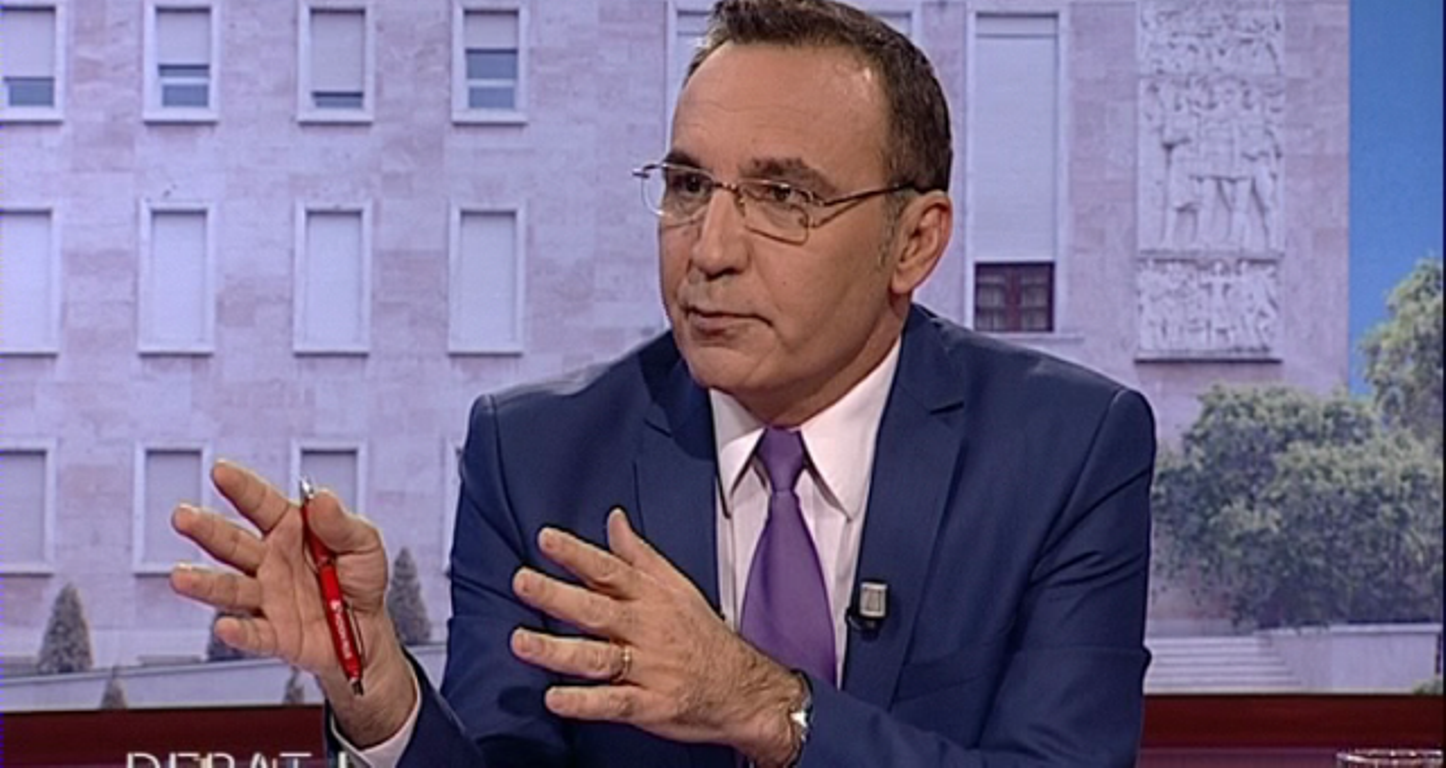
By EDUARD ZALOSHNJA
In the recent days, Prime Minister Rama has promised a complete reformation of the Albanian taxing system with the aim of cracking down on tax evasion and increase the efficiency of the taxation system. In fact, last year, revenues in the Albanian State Treasury amounted to 27.5% of the total volume of goods and services realized in the country; a historical record given that in the past 25 years, this percentage ranged from 24% to 27.5%.
However, a little north of Albania, in Montenegro, last year, revenues at the State Treasury amounted to 36.5% of the value of Gross Domestic Product. If we had Montenegro’s performance in collecting budget incomes, an extra one billion USD would enter our state budget.
To make a comparison, the amount of money that would enter out State Treasury in a year, will be invested in the next four years by private businesses on public works, as part of the “1 billion” program (the Albanian taxpayer will need to pay this money back to the private sector in the future)
But let us go back to the comparison of budget incomes in 2016 between Albania and Montenegro.
Albania’s VAT revenues accounted for 9% of GDP compared to 12.5% in Montenegro.
In Albania, tax collected in the form of social and health contributions accounted for 5% of GDP compared to 11% in Montenegro.
Tax collected from excise in Albania accounted for 3% of GDP, compared to 4,9% in Montenegro.
Incomes collected from national tax in Albania accounted for 2.3% of GDP, compared to 1% in Montenegro.
Incomes collected through tax on profit in Albania accounted for 1,5% of GDP, compared to 2% in Montenegro.
Incomes collected through tax on personal tax in Albania accounted for 2.1% of GDP compared to 3% in Montenegro.
As we can clearly see from the figures above, in Montenegro, every tax that the state collects is higher as percentage of GDP than the one collected by the Albanian state. And GDP per capita is similar for both countries, while the structure of the economy is similar too (the ratio between services, industry and agriculture is very similar in creating the GDP).
We have many things in common with our northerly neighbor: geography, history, culture, economy, tax system and politics. According to Transparency International, even the corruption level is similar. Then, why do we perform worse than Montenegro in terms of tax collections?
The inclusion of both small and large sized businesses in the Montenegrin tax system makes tax evasion much harder to function. The only businesses which are exempted from taxes are small kiosks and craftsmen. Meanwhile, other small sized businesses are assisted through subsidy schemes which enable a more accurate declaration of the business turnover. Meanwhile, in Albania, so far we have a taxation system where businesses are interested on reporting an annual turnover of no greater than 5 million lek.
When the state collects more revenues, it is able to spend more
The fact that the Montenegrin state is able to collect more incomes as percentage of GDP, enables it to spend more in terms of salaries, pensions, public investments and maintenance. But, besides the fact that it collects more incomes, Montenegro also pays less accrued interest on loans (only 2% of GDP compared to 3% of GDP spent by the Albanian state).
So, Montenegro spends 8% of GDP in salaries for the public sector, while Albania spends only 5% of GDP. Montenegro spends 9.5% of GDP on pensions, while Albania only spends 7%. Meanwhile, in terms of public investments, this difference is even greater: 10.5% of Montenegro’s GDP compared to 5% of Albania’s GDP.
Note: The views expressed in this article are the author's own and do not necessarily reflect Albanian Free Press’ editorial policy.




 ALB
ALB
 ENG
ENG
 MKD
MKD
